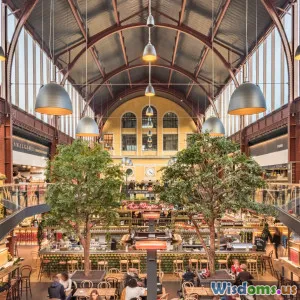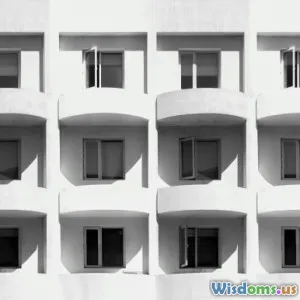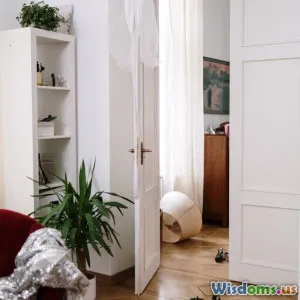
How to Design Cozy Apartments for Maximum Natural Light
14 min read Expert tips and design strategies to fill cozy apartments with natural light and create bright, inviting living spaces. (0 Reviews)
How to Design Cozy Apartments for Maximum Natural Light
A home bathed in natural light feels warmly inviting—a perfect sanctuary from city bustle. In urban apartments, however, making rooms light-filled yet cozy can be a balancing act. With intelligent planning and creative solutions, you can achieve a bright, airy feel that never sacrifices privacy or comfort. Learn how thoughtful design turns even the most compact or north-facing flat into a luminous, snug retreat.
Orientation Matters—Start With the Basics

When planning your apartment layout or a renovation, understanding how your space relates to the sun's path is vital. South-facing windows receive the most consistent sunlight throughout the day in the northern hemisphere, while north-facing units often get diffuse, indirect light.
Key Considerations:
- Analyze Window Direction: Take note of where each window faces and how light changes through the day. Use a smartphone compass or sun-path app for accuracy.
- Prioritize Living Spaces: If possible, locate primary living areas—like the living room or kitchen—toward the side of the apartment with the best sunlight.
- Case Study: A London-based designer, Chris Dyson, repositioned a studio's kitchen to the southeast corner to take advantage of gentle morning brightness, while using tinted glass dividers for privacy without interrupting light flow.
Small design moves or room rearrangements, even in existing flats, can significantly enhance daylight’s reach. For example, placing dining or work areas near east-facing windows ensures liveliness in the morning, setting a positive tone for the day.
Optimize Window Treatments for Light, Privacy, and Style
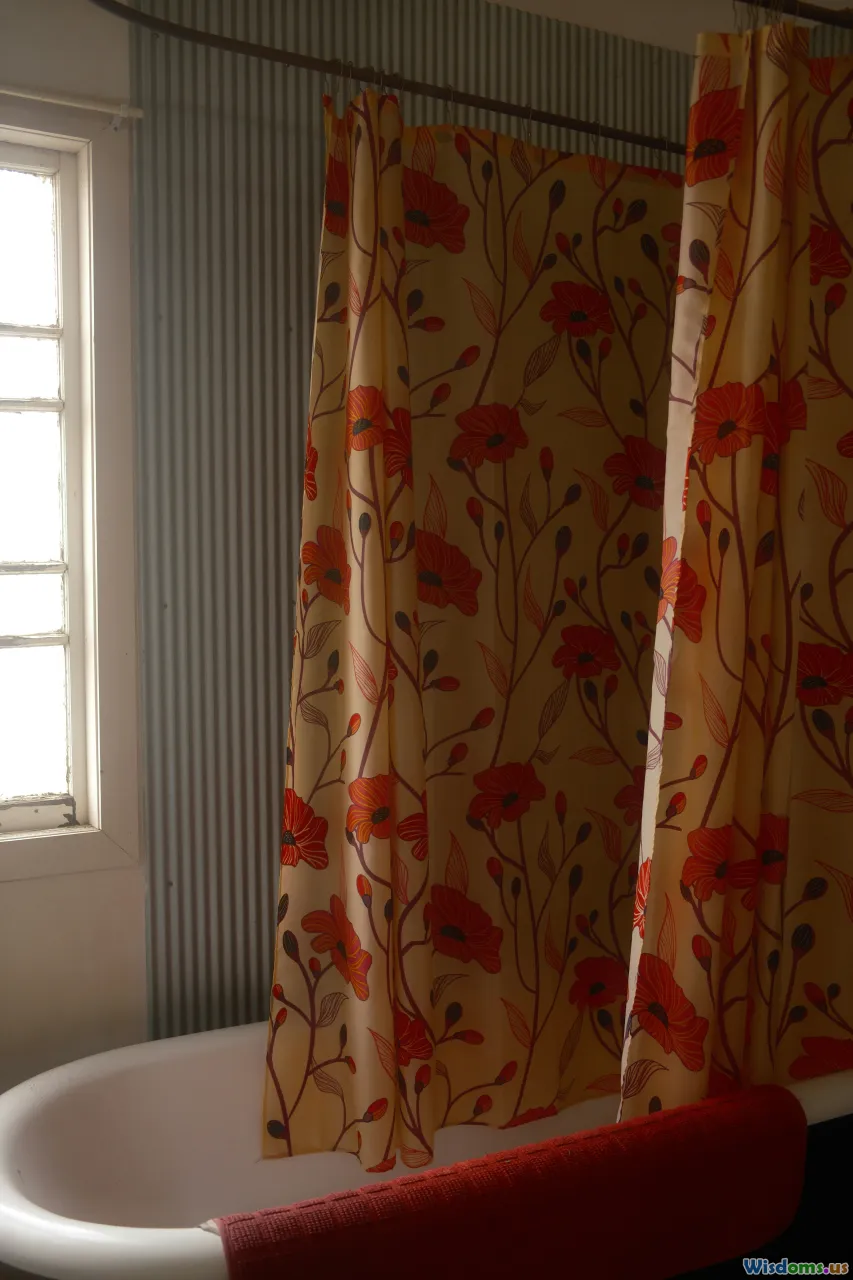
Even the sunniest apartment can feel gloomy under heavy, dark drapes. Your choice of window treatment impacts both amount and quality of illumination.
Strategies for Maximum Natural Light:
- Sheer Fabrics: Opt for translucent curtains in soft shades. Linen, voile, or gauzy synthetic blends filter glare while leaving rooms aglow.
- Adjustable Blinds: Top-down or bottom-up blinds let you regulate daylight, preserving both views and privacy. White or beige tones magnify brightness.
- No Treatment (Strategically): In areas where privacy isn’t an issue—say, an upper-floor kitchen—leave windows unadorned for unfiltered sunlight.
Design Tip: Mount curtain rods several inches above the window frame and choose extra-wide panels. This lets you pull curtains back beyond the glass, maximally exposing each window to light.
Use Glass and Mirrored Surfaces to Bounce Light Around

In apartments with modest windows or awkward layouts, boosting natural light sometimes requires trickery. Reflective materials disperse brightness deeply into shadowy corners.
- Mirrors: Place a large mirror directly across from a window to double sunlight’s reach. Antiques in ornate frames can add coziness while brightening the space.
- Glass Partitions & Doors: Replace opaque room dividers with frosted or clear glass. Studio apartments especially benefit from glass-walled bedrooms or home offices—light circulates freely while maintaining zones for different activities.
- Reflective Decor: High-gloss surfaces—lacquered tables, metallic lamp bases, and glass shelving—faintly reflect light, subtly increasing ambient brightness without feeling clinical.
Example: In Parisian Haussmann-era flats, ornate gilded mirrors and herringbone parquet, both reflective, are a traditional way to amplify natural sunlight gracefully.
Get Clever With Color: Paint, Upholstery, and Accessories
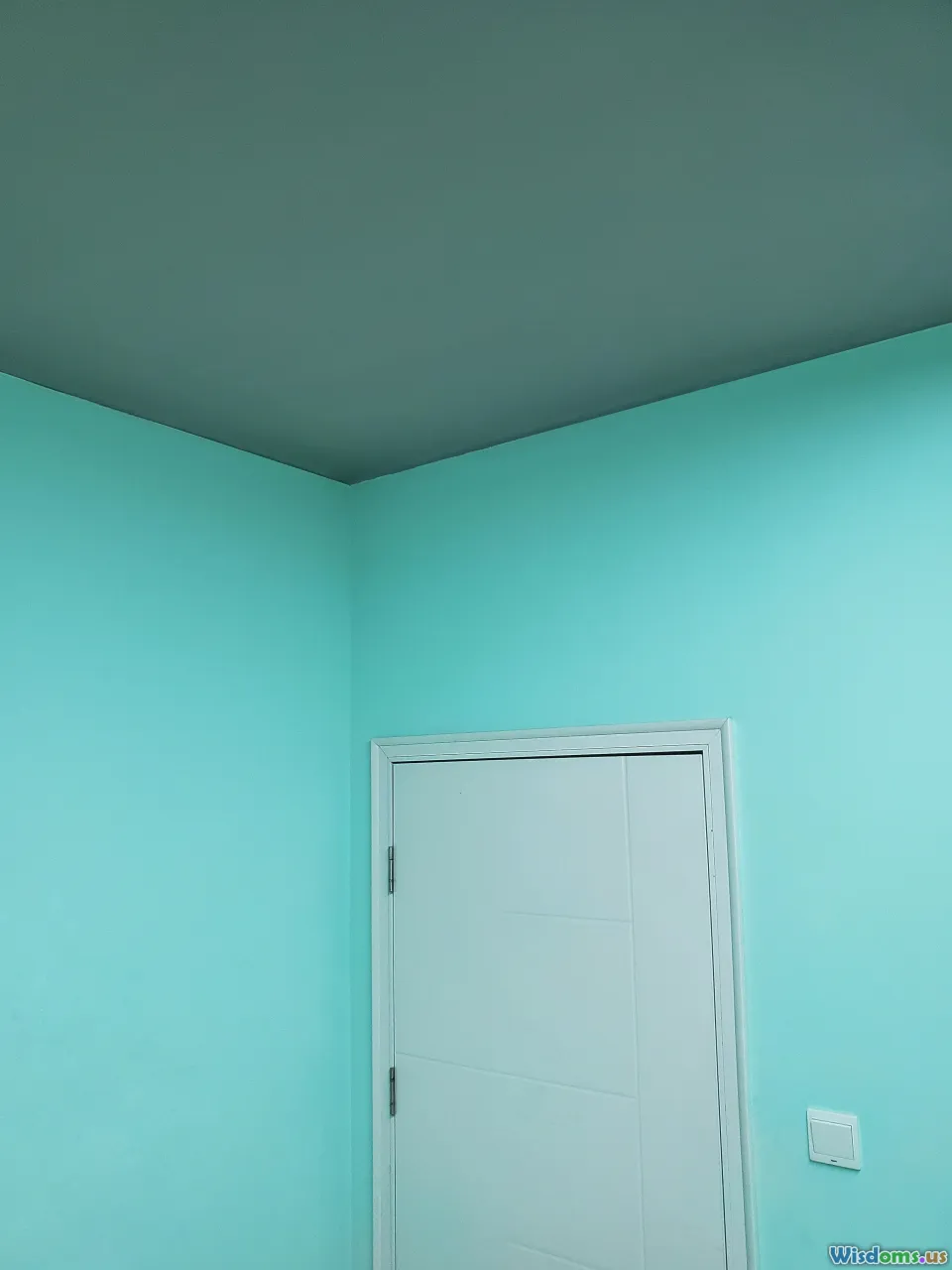
Color dictates a room's mood—and its perception of light. While all-white might seem the obvious choice for maximizing daylight, success lies in subtlety and well-placed accents.
Tonal Techniques That Work:
- Soft Paints: Off-whites with undertones (creamy, blush, pale taupe, or pearl) warm a room while enhancing radiance. Bold whites can sometimes feel sterile in shadowy city apartments, so test samples under both sunlight and artificial light before committing.
- Cohesive Palettes: Keep floors, walls, and major upholstery in similar tones for a seamless, open vibe. Variations in texture—such as linen, velvet, or lightly patterned wallpaper—add depth without sapping light.
- Vivid Pops: Illuminate with metals (brass planters, chrome chair legs), sunny-arranged art, or a color-splashed rug. This decor draws the eye and reflects color, livening spaces that never see direct sun.
Designer Insight: The Scandinavian approach, with layered whites punctuated by natural wood, plants, and bursts of color, is famed for making northern homes cozy yet luminous.
Lay Out Furniture Strategically: Don’t Block the Light
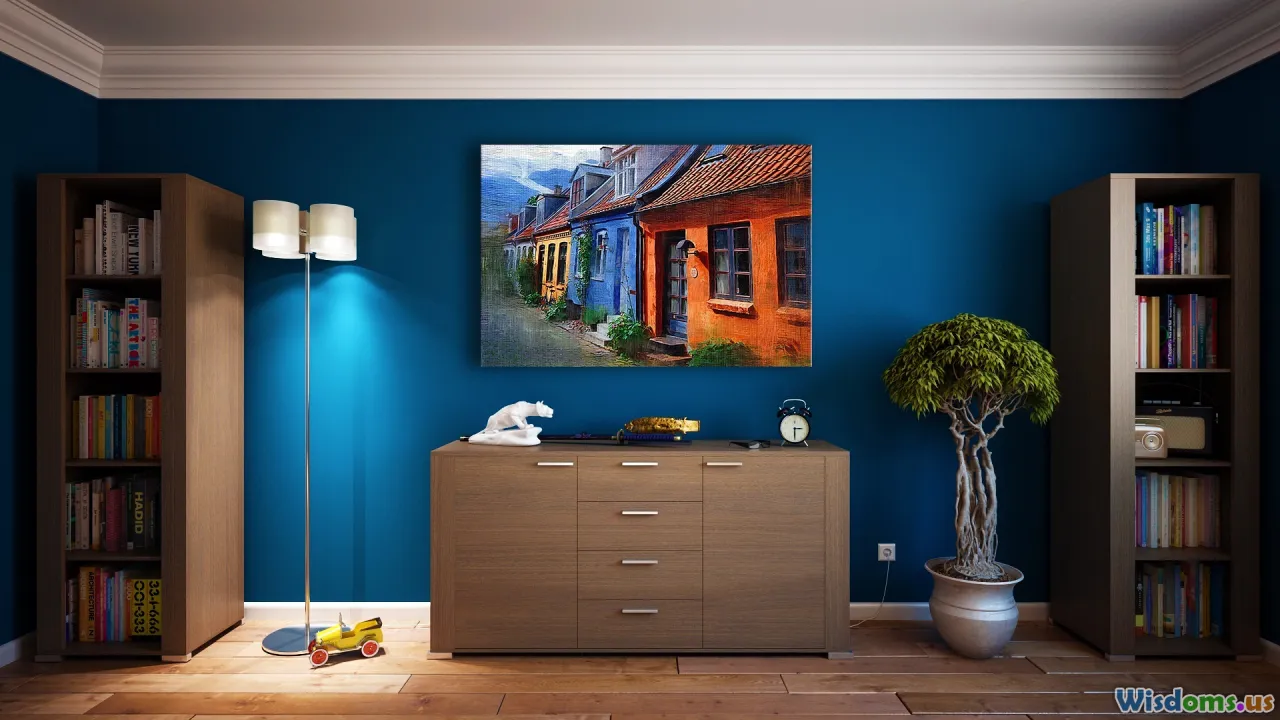
Even spacious apartments can feel dark if large furnishings hug windows or congest clear paths for daylight. Intentional placement prioritizes illumination and clever use of square footage.
Spatial Strategies:
- Keep Windows Unblocked: Float sofas, beds, or storage away from the daylight source. Low-profile or leggy furniture lets sunlight pass underneath and through.
- Zoning: Use small rugs, narrow consoles, or open-backed shelving to separate spaces without solid barriers. This encourages light flow and creates a sense of openness.
- Flexible Pieces: Consider lightweight ottomans, nesting tables, or rolling carts that can move with the sun’s progress throughout your day.
Real-World Example: In a Berlin micro-apartment, a daybed faces the largest window while compact shelving along internal walls holds books and belongings, freeing windows for light and leaving room visually uncluttered.
Harness the Reflective Power of Natural Materials
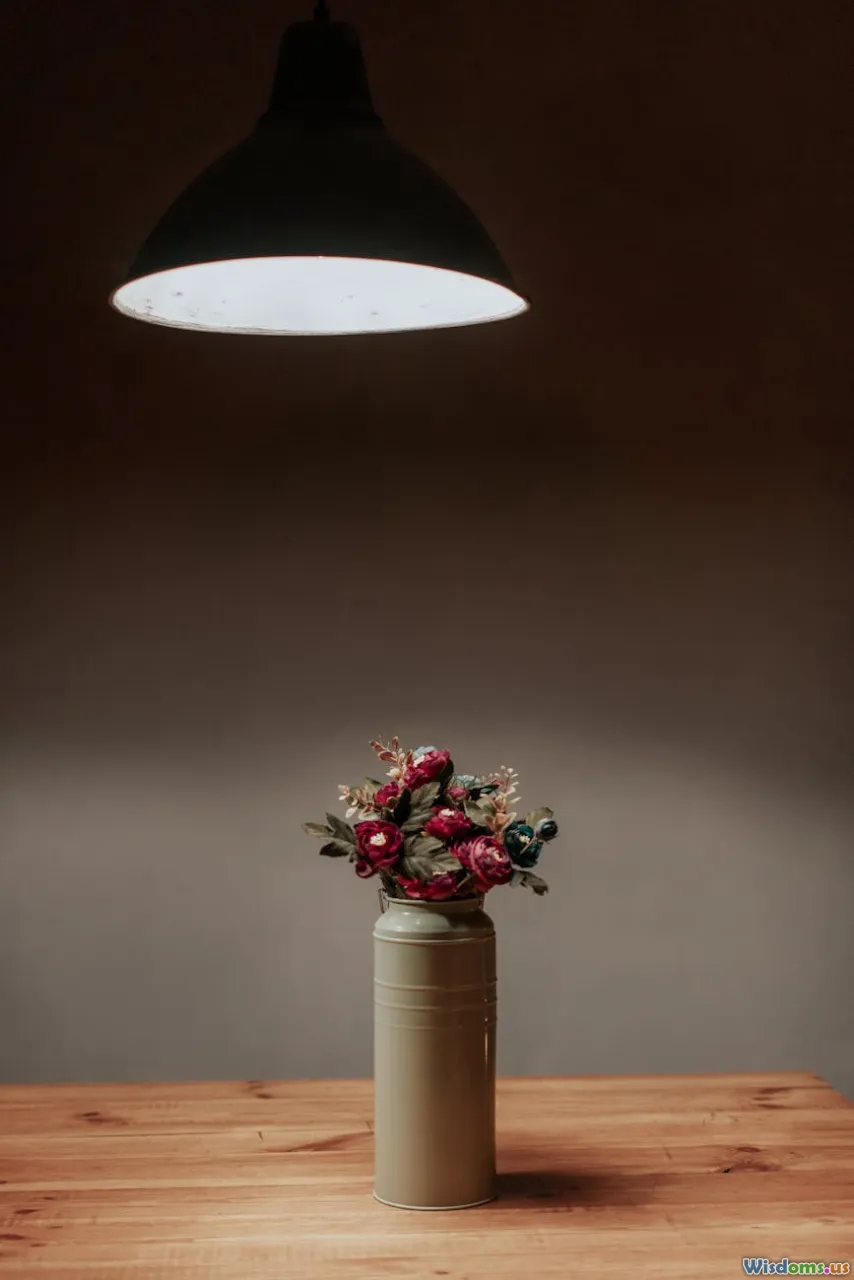
Material choices shape mood and influence how light behaves. Natural, lightly finished woods, woven baskets, and pale tiles tend to reflect and scatter sunlight, simultaneously enhancing coziness.
- Wooden Fixtures: Pine, ash, birch, or natural bamboo flooring and cabinetry have an innate brightness and warmth that artificial materials can’t match. Avoid dense, dark woods—unless for small accent pieces—as they absorb light.
- Stone and Ceramic Surfaces: Polished marble, terrazzo countertops, or glazed subway tiles amplify illumination while adding tactile variation. Pair with pale jute rugs or linen drapes for a balanced, hygge-inspired result.
- Plants: Indoor greenery beside windows both benefits from sunlight and softens harsh edges, making the atmosphere nurturing as well as bright.
Designer Trick: Giant-leafed plants, like fiddle-leaf figs, or a cluster of smaller pots, add drama beside sunny windows and prevent a clinical feel.
Make the Most of Small or Shaded Apartments

What if your apartment is tiny, or stuck on a shady street surrounded by tall buildings?
Resourceful Ideas:
- Layered Lighting: Use a mix of natural light and artificial sources that mimic daylight—try LED bulbs rated at 2700K–3000K with a high Color Rendering Index (CRI) so evenings still feel fresh and lively.
- Borrowed Light: Install interior glass transoms above doors or widen entryways to neighboring bright spaces—letting light from the living room spill into otherwise dim bedrooms.
- High-Placement Shelving: Above-window storage or open shelving near the ceiling won’t block sunlight and gives you space for books, baskets, or art.
- Accordion Doors: Swap heavy doors for sliding or folding panels that remain open when privacy isn’t needed, joining rooms into one sunlit expanse.
Case Study: In Toronto, a compact unit used mirrored kitchen backsplash tiles to bounce meager window light over every surface, while swapping interior hallway walls for glass with privacy film—letting borrowed light circulate yet protecting intimacy.
Blend Privacy With Openness: Smart Use of Partitions and Screens

A desire for natural light shouldn’t mean sacrificing solitude. Skillful use of dividers crafts nooks and personal areas without boxing out precious daylight.
Approaches That Work:
- Translucent Materials: Shoji screens, etched glass, slatted wood, or woven rattan maintain a sense of closure while permitting glow to penetrate, especially effective between a living space and bedroom.
- Partial Walls: Waist-high partitions or shelving units cordon off space but leave the upper half open—sun keeps spreading overhead unobstructed.
- Movable Screens: Portable folding screens let you reconfigure your layout as the seasons, light, or activities change.
In Practice: A Tokyo apartment utilizes half walls and lightweight, semi-opaque screens so that light permeates the entire flat—each space feels exclusive at night, but united and bathed in light by day.
Add Personalized Touches for Warmth and Character

Now that your apartment is bright and open, make it truly your own. Natural light celebrates interesting textures, artwork, and handmade accents.
- Textiles: Chunky throws, embroidered pillows, or tufted ottomans keep rooms tactile and comforting in the brightest daylight.
- Art Placement: Hang paintings or framed prints in spots prone to catching morning or afternoon sun—the shifting light reveals new nuances and keeps the space dynamic.
- Display Collections: Arrange favorite books, ceramics, or photographs near windows so sunlight makes these items sparkle—and spaces feel authentically lived-in.
Whether you prefer minimalist, bohemian, or mid-century motifs, letting your unique style shine keeps a sunlit apartment from feeling hotel-like or generic.
Designing a cozy apartment that welcomes daylight isn’t about sacrificing privacy or overexposing your sanctum. With careful attention to orientation, window treatments, colors, materials, and gentle spatial divisions, you can enjoy the health, mood, and energy benefits of abundant sunlight wrapped in the inviting comfort of home. Warm rays and an intimate ambiance truly can coexist—one thoughtful decision at a time.
Rate the Post
User Reviews
Other posts in Interior Design
Popular Posts










